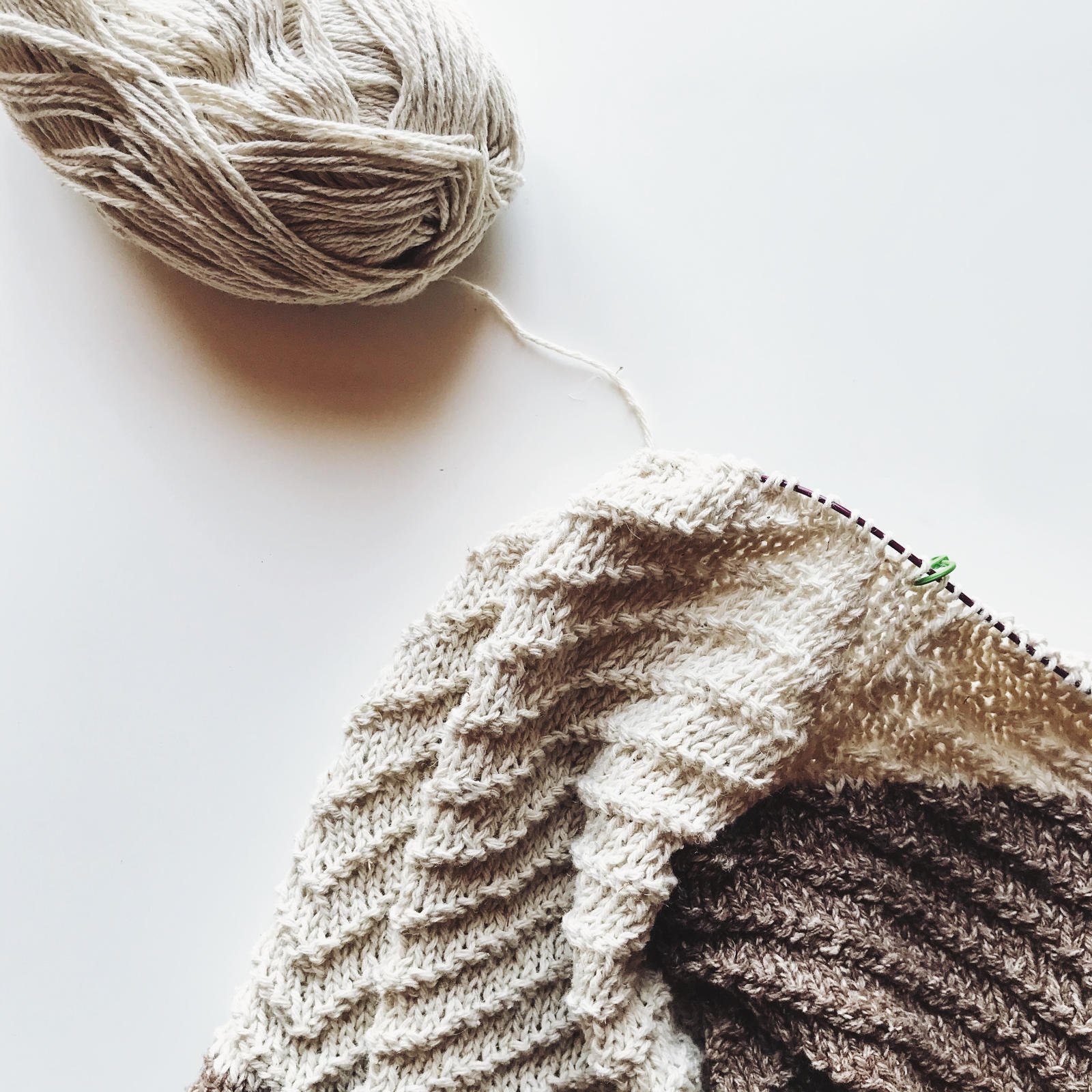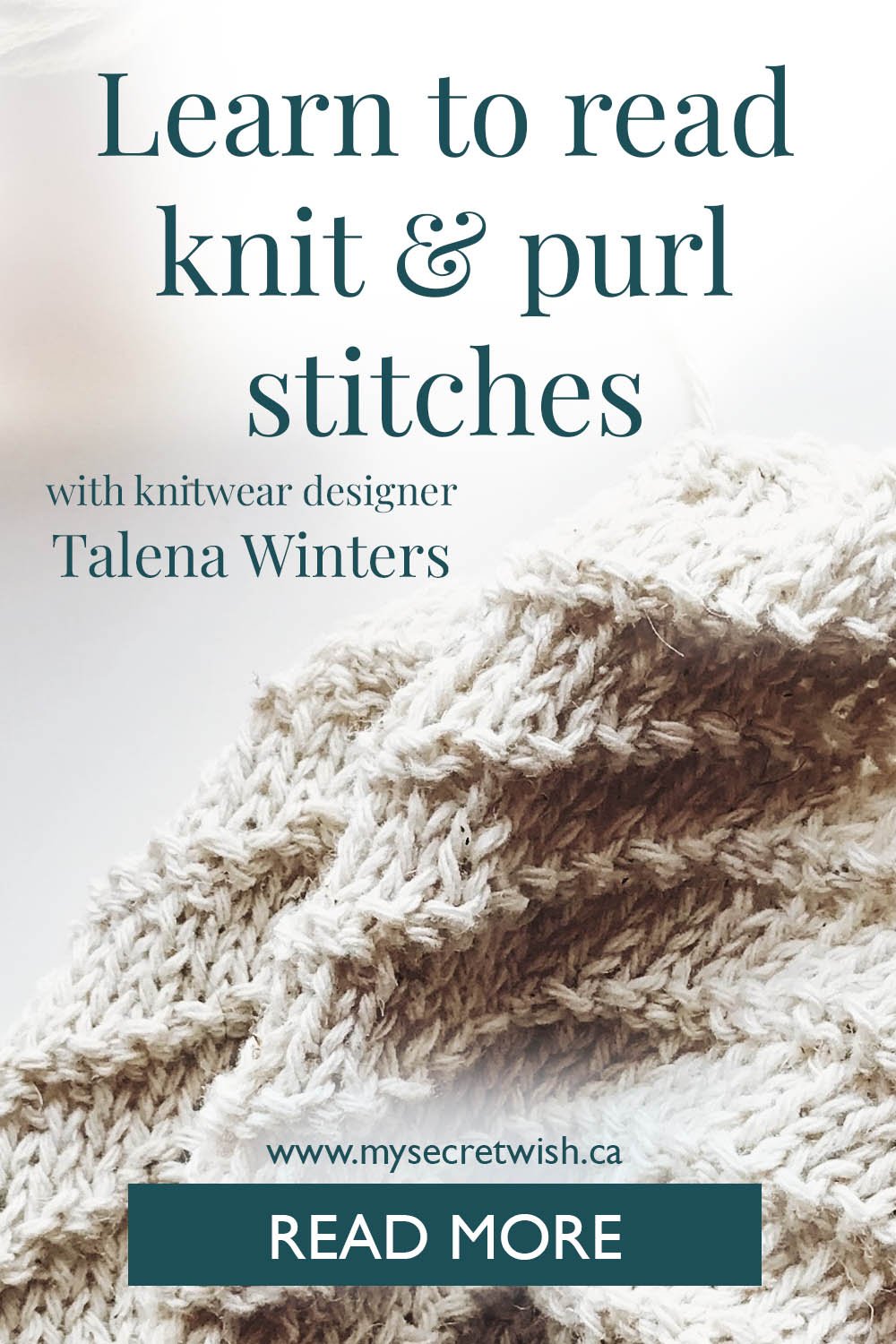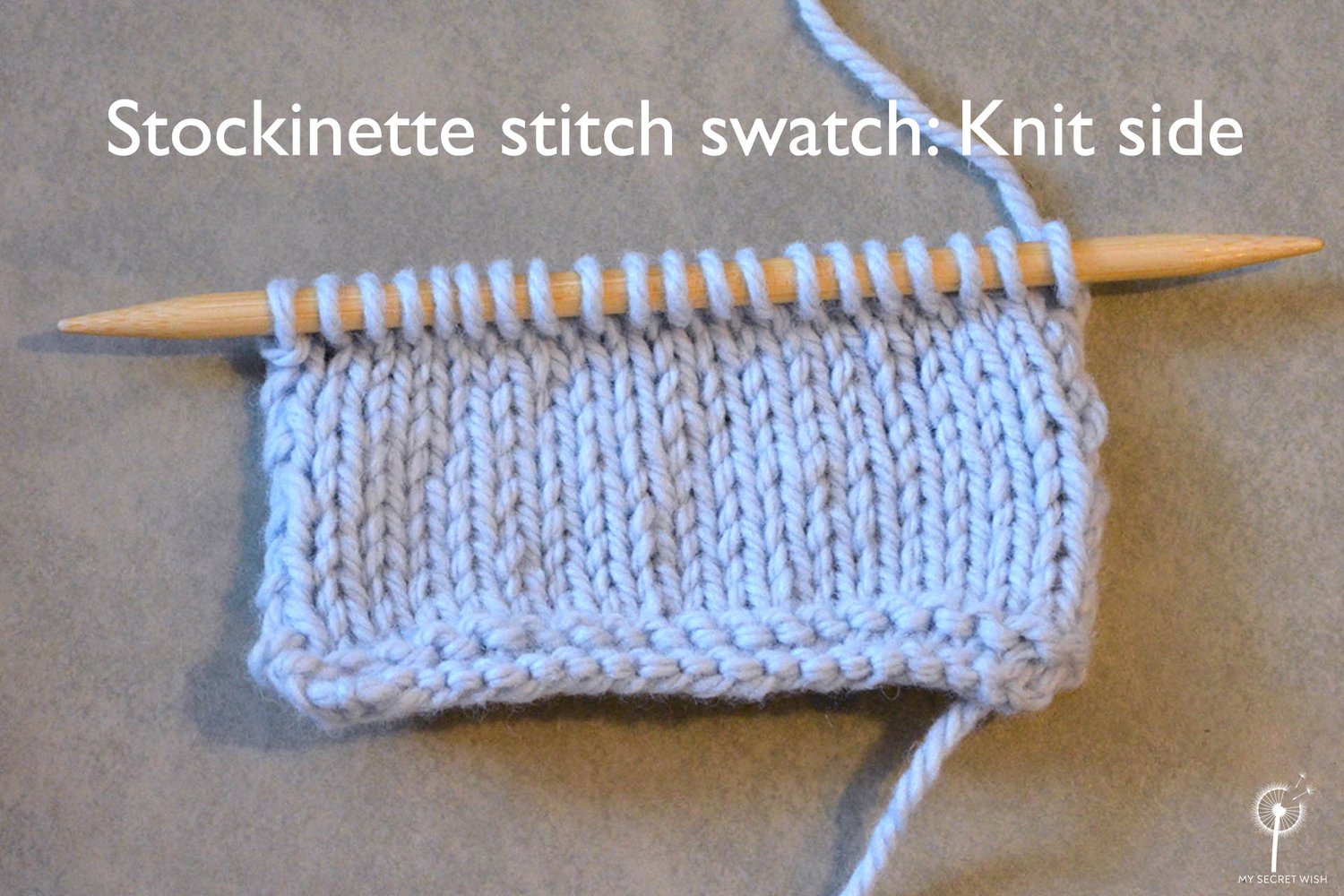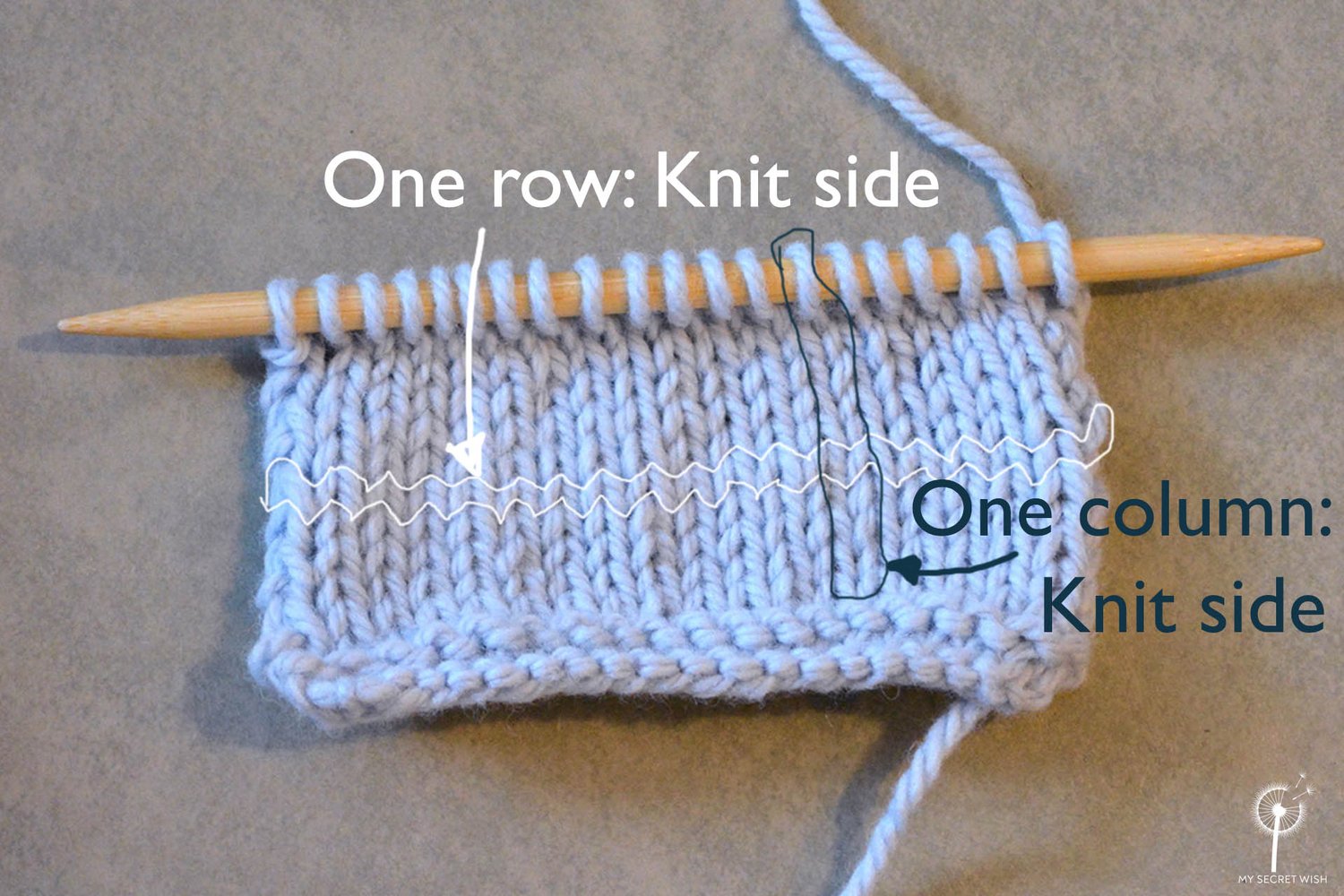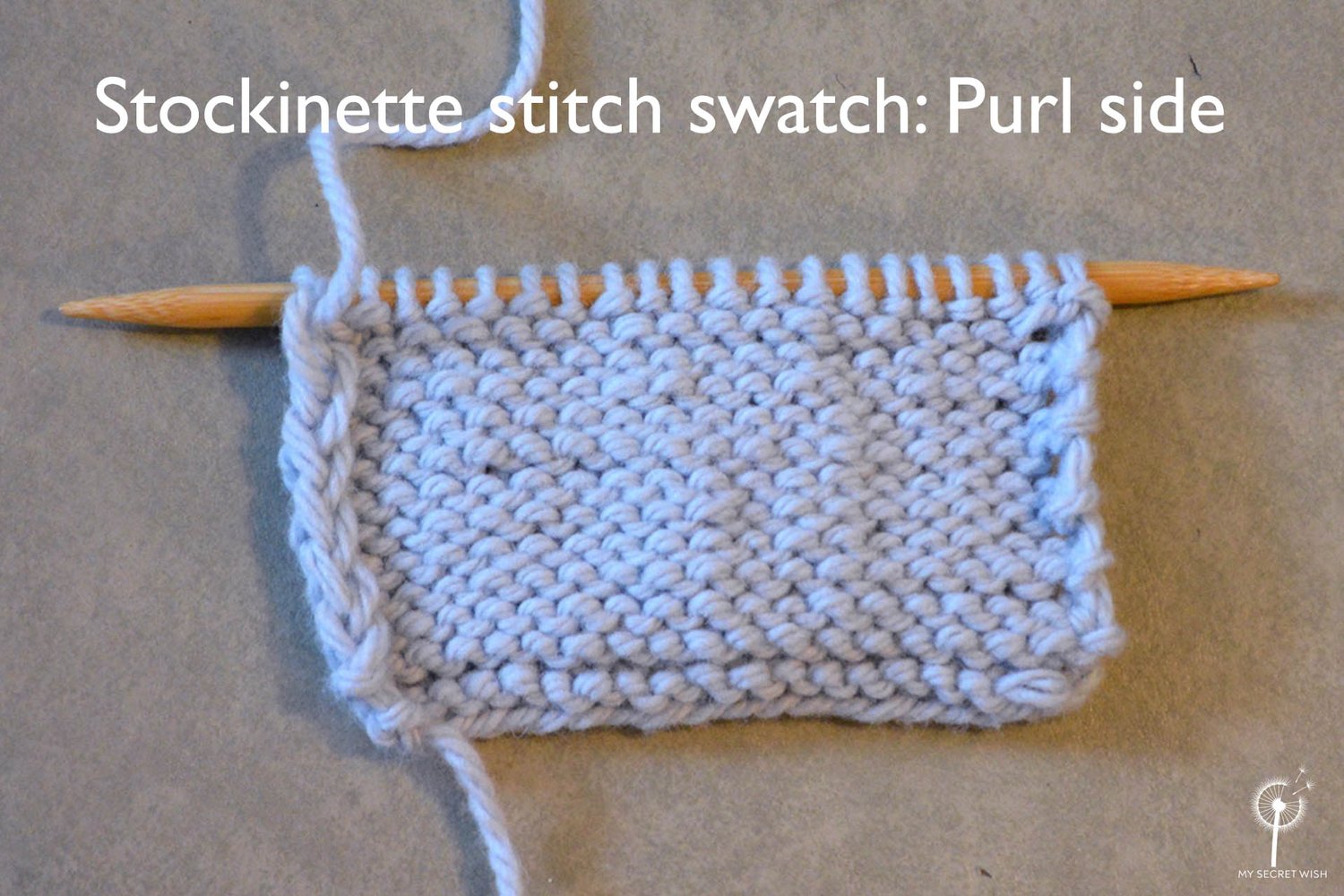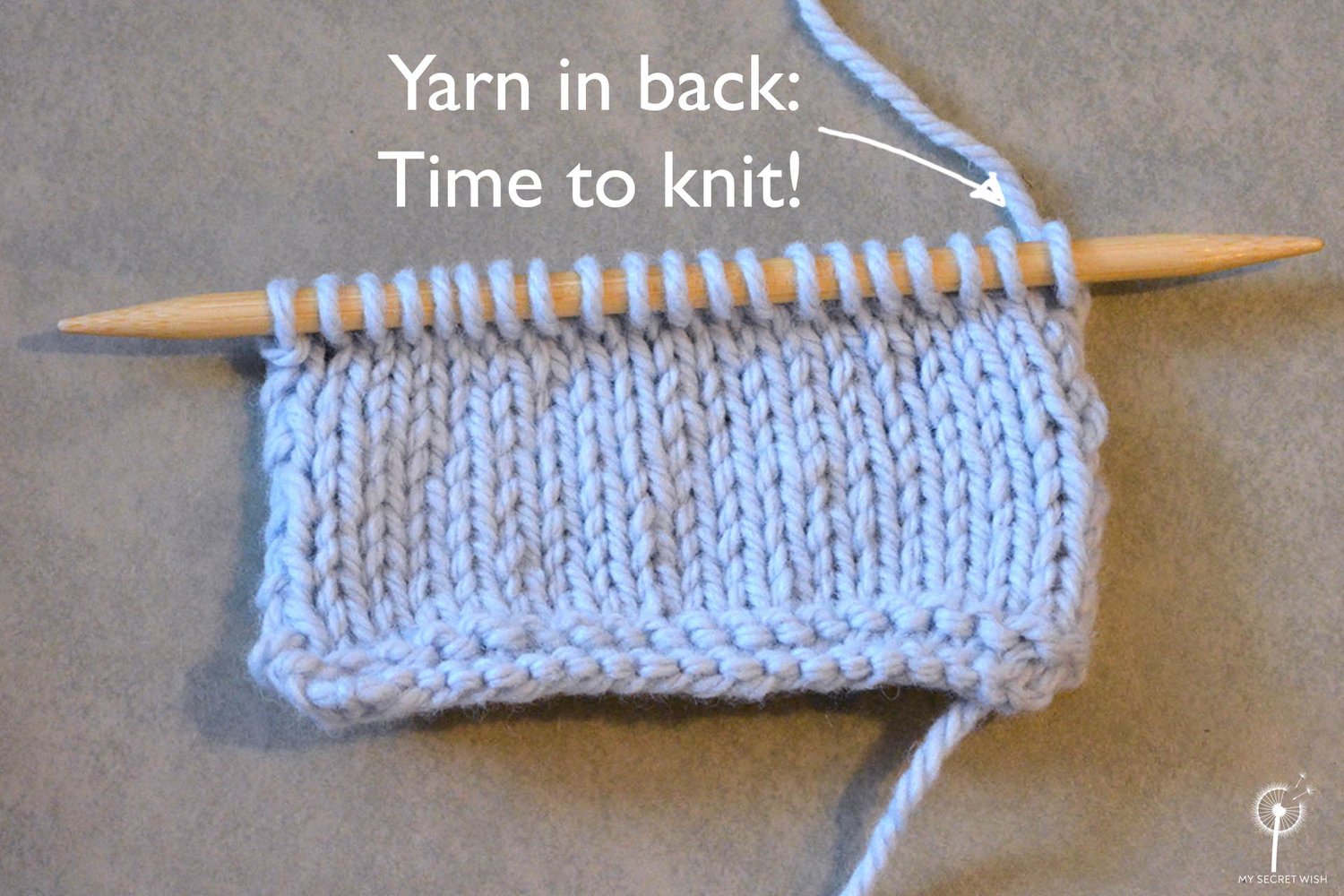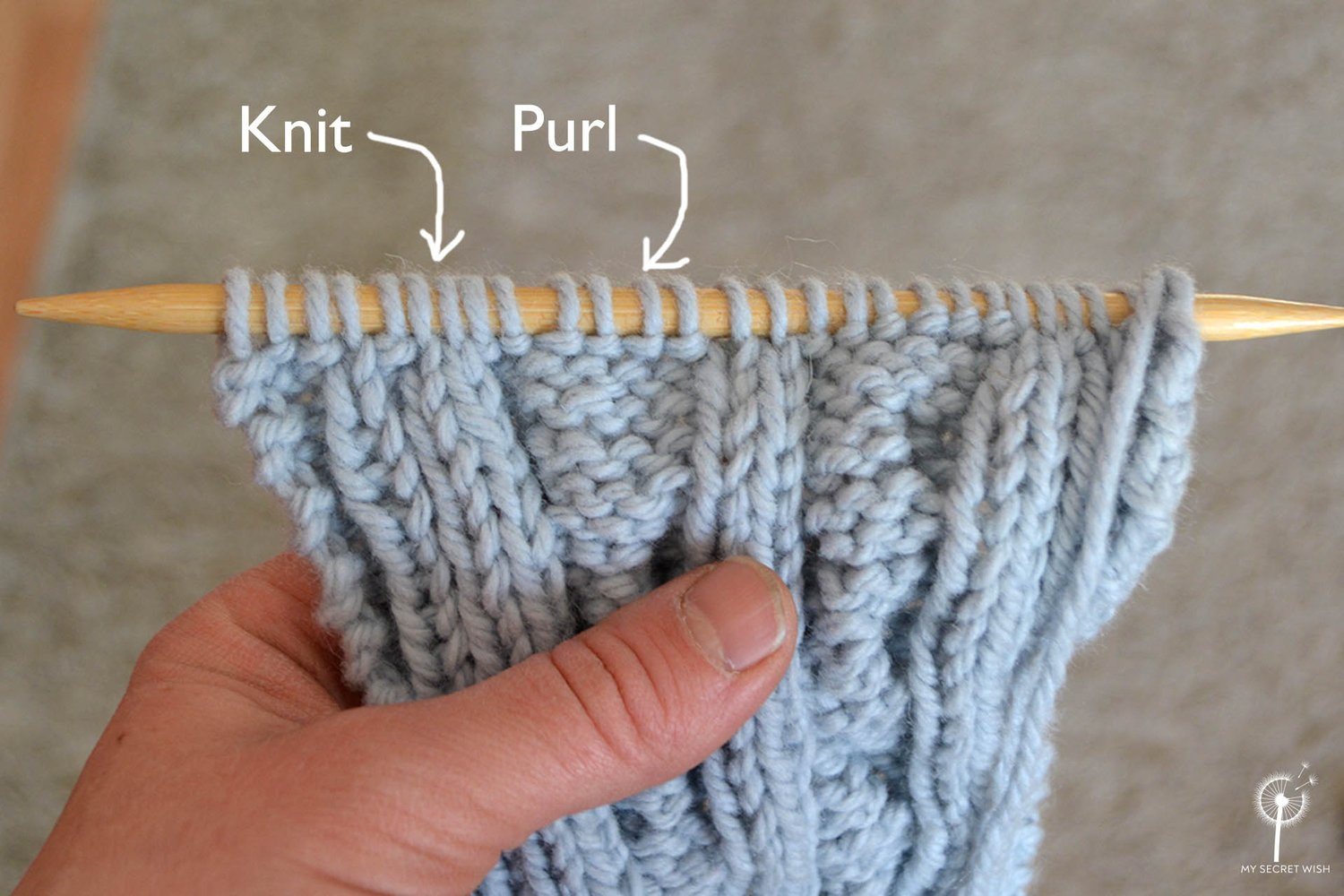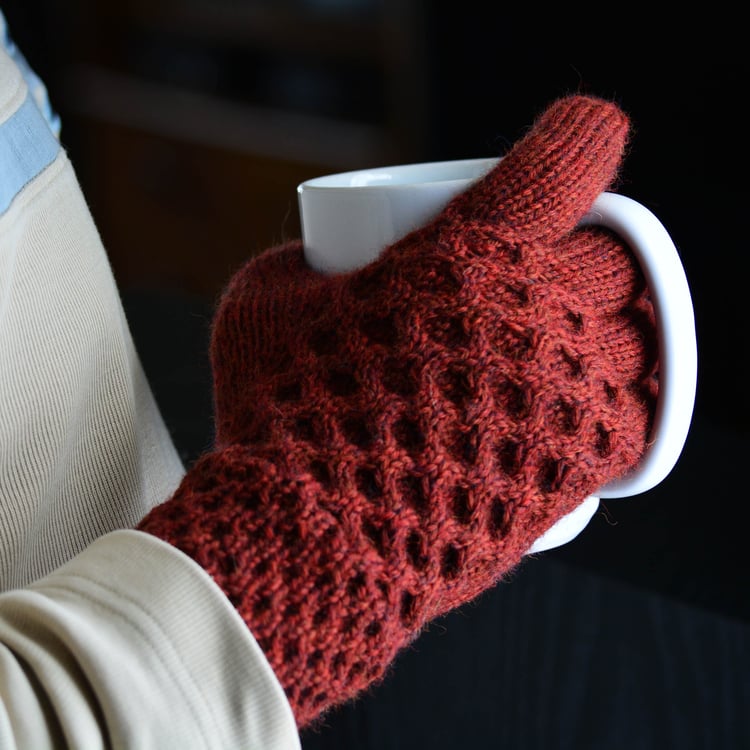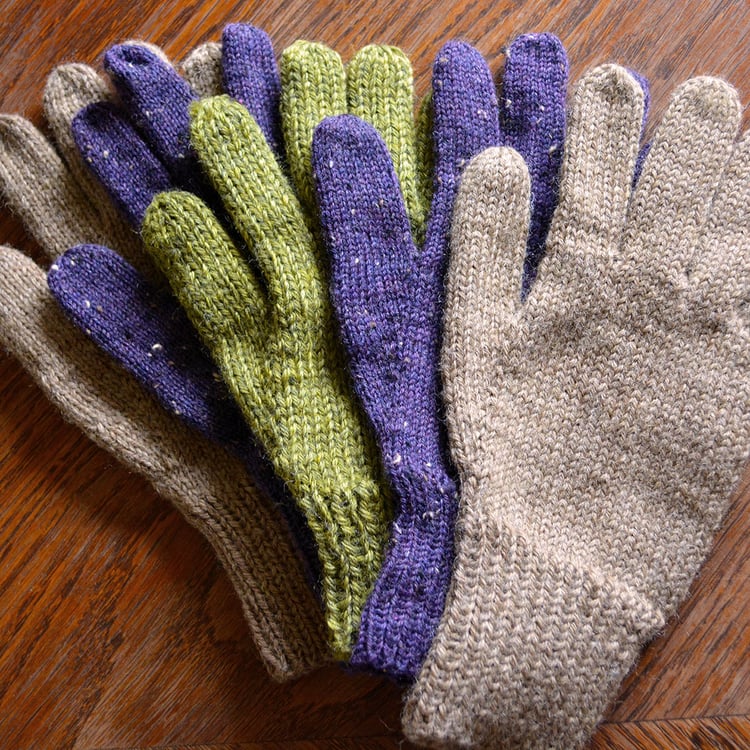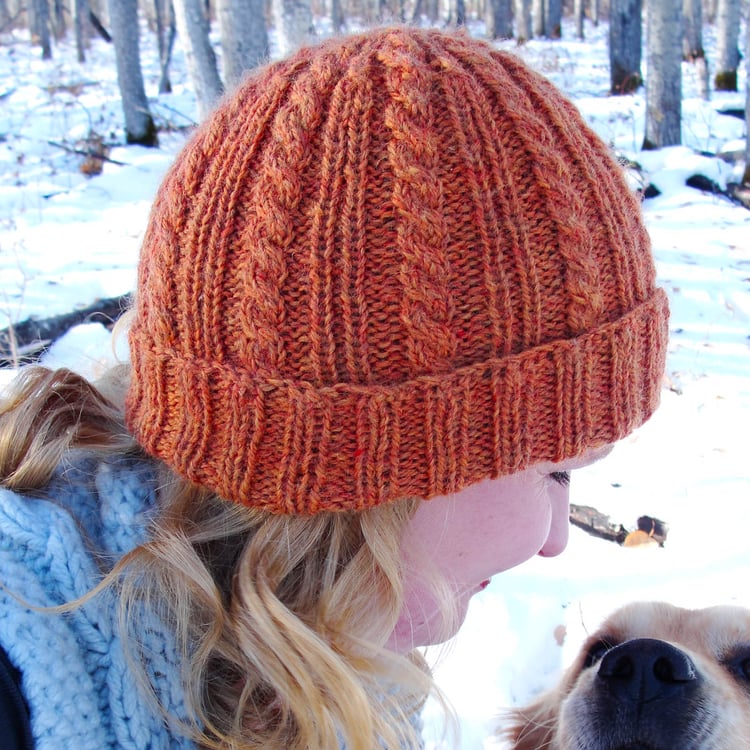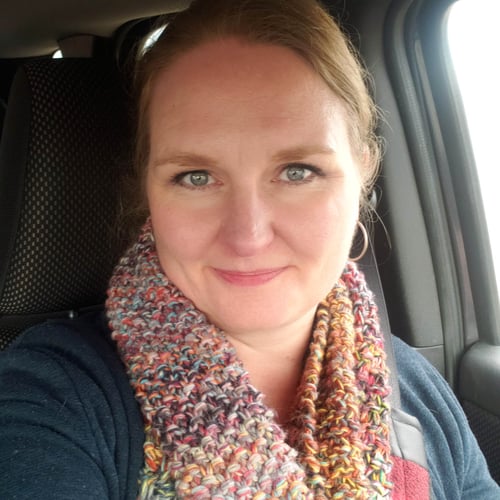Reading Your Knitting 1: Understand Knit and Purl
Become stitch savvy and start knitting better today.
One of easiest ways to improve your knitting is learning how to “read” your work, thus preventing mistakes or noticing them sooner. When you can tell the difference between a knit and a purl stitch, you’ll know what you’ve just worked—and what stitch comes next. I can’t overstate the importance of becoming knitting literate to improving your craft.
Do I still make mistakes? Yes. But that is usually because I am knitting while binge-watching Gilmore Girls, working a fancy cable in the round, and trying not to burn my mouth on my tea. When I'm paying attention to my work, I rarely do. (Make mistakes, that is. The mouth-burning? Eh.) The good news: you can learn how to do this, too.
(Side note: If I AM going to make a mistake, I try to make it a good one—like a dropped stitch 35 rows back that only just now became noticeable as I am working the decreases. Or crossing a cable the wrong way, half a section down. Sometimes these can be fixed. Sometimes the work has to be ripped out. More on the fixes—and the difference—later.)
Just to make sure I don't miss anything, we are going to start at the VERY BEGINNING.


